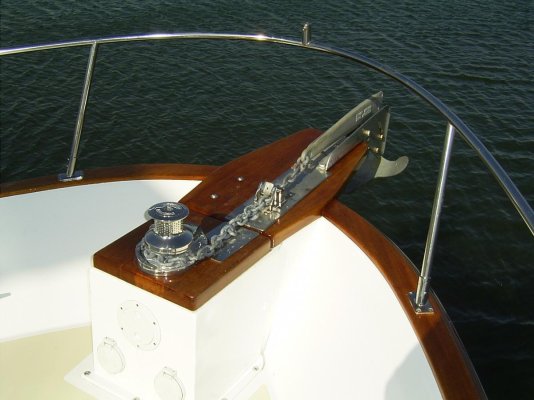paulga
Guru
- Joined
- May 28, 2018
- Messages
- 1,387
- Location
- United States
- Vessel Name
- DD
- Vessel Make
- Marine Trader Sundeck 40'
It was found during the survey that the wood underside of pulpit on the anchor locker is rotten, windlass mounting fasteners are pulling through fiberglass. The plan is to disconnect both pulpit and windlass, cut out the rot wood beneath the windlass and replace the core, reseal the windlass and put everything back.

Has anyone ever need to do this repair? How many labor hours would a boatyard charge?
I called some yards, but they generally only tell me that fiberglass job would need the surrounding temperature to be 70+ degrees, and their hourly rate is $155.

Has anyone ever need to do this repair? How many labor hours would a boatyard charge?
I called some yards, but they generally only tell me that fiberglass job would need the surrounding temperature to be 70+ degrees, and their hourly rate is $155.




